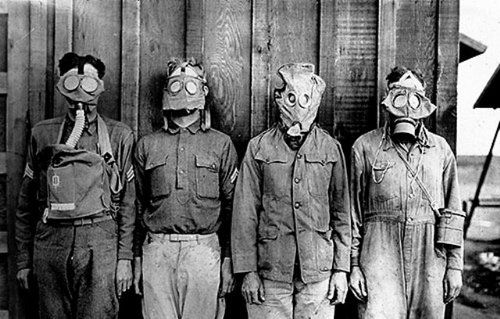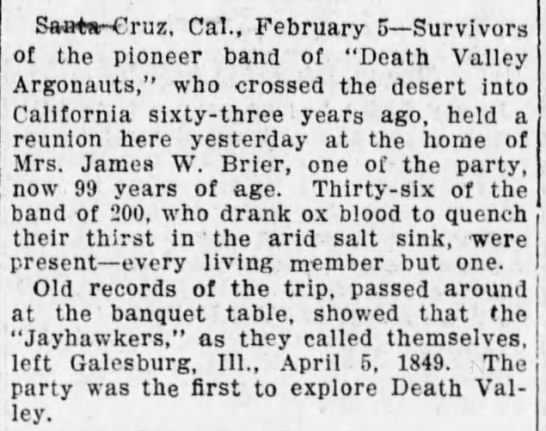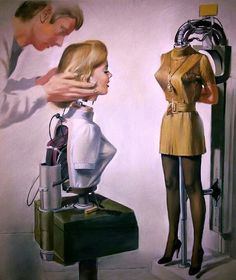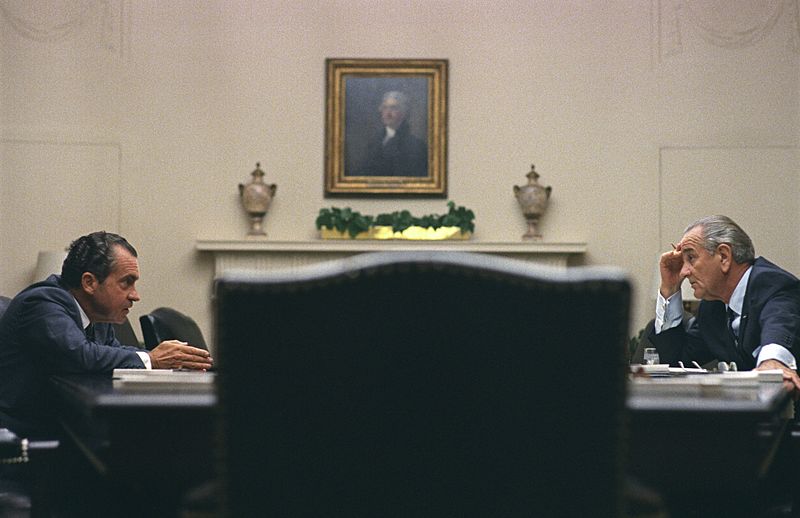Donald Trump’s new adviser Paul Manafort wants the cretinous faux conservative to stop waving his penis at America, but the GOP frontrunner, a mix of George Steinbrenner and Ugly George, refuses to remove his itchy trigger finger from his fly.
There’s a theory about Trump’s candidacy I’m not convinced is true. Some Republicans, dismayed by the utter moral and pragmatic collapse of the party, are supporting the hideous hotelier’s bid in an effort to enact a mercy killing of the modern GOP, a death in the gutter but a death all the same. They believe a November obliteration of Trump will stop the madness, clean the slate.
Perhaps. But wasn’t it said before Obama’s reelection in 2012 (even by the President himself) that a second term would force Republicans to come to grips and make changes? That didn’t happen, even with issues like immigration reform, one that would have benefited the GOP to settle as quickly as possible. If anything, the firenge mentality became further entrenched, with even a moderate Supreme Court justice appointee unable to get his day in court?
It’s not a stretch to envision a scenario where Trump is trounced, and members of the party decry how a True Conservative™ would have won. In four years, they might believe, Hillary will be very defeatable, so let’s just stay the course. Even worse, those GOPers setting up Trump for a fall are simultaneously putting him in a position for an upset win. If so, God help us all.
Former Reagan and Bush 41 cabinet member Bruce Bartlett is playing this game, hoping a Trump debacle in 2016 will be a fresh break, a new beginning. The opening of his Salon interview conducted by Simon Maloy:
Question:
I wanted to talk about 2016 and Trump and the future of the GOP. You are a former Reagan official, you worked for George H.W. Bush, and you voted for Donald Trump in the Virginia primary. And I was hoping if you could just explain why.
Bruce Bartlett:
I think the Republican Party is sick. It’s dying, it just doesn’t know it. And I think anything that speeds up its demise is to the good, because then it can reinvent itself and return as something healthy. Or you could use an addiction metaphor, where people have to hit bottom so that they can reach out and ask for help before they can cure themselves. I think that Trump is a symptom of a disease of rampant stupidity, pandering to morons and bigots and racists and all the sort of stuff that defines today’s Republican coalition. And I just think it’s awful. It’s terrible for the country in a great many ways that I don’t need to tell you. And I think that we need to have a healthy two-party system. We need to have a sane, functioning conservative party and a sane, functioning liberal party. And I think that half of that equation, at least, is not working, and it affects the other half.
So I think it’s just bad for the country. So I think that giving Trump the nomination is the surest path to complete and total destruction of the Republican Party as we know it. And I look forward to him getting the nomination for that reason. I think he will have a historic loss. I think he may well bring in a Democratic Senate. But more importantly, my hope is, at least, that he will lead to a really serious assessment of the problems of the Republican Party, and lead to some opening of thought, opening of discussion, conversation among groups that have been sidelined for quite a long time. Mainly moderates and people of that sort who have been just pushed to the sidelines in favor of ever more rabid, nonsensical, right-wing authoritarianism.
But I also don’t think it really makes all that much difference whether Trump gets the nomination, because he’s already succeeded in destroying the Republican coalition as far as the general election is concerned. Because, look, if he doesn’t get the nomination, he’ll probably do everything in his power to guarantee that whoever does get the nomination is defeated. So either way the party is looking at historic losses, historic defeat. And I think that is really, really a wonderful thing.•




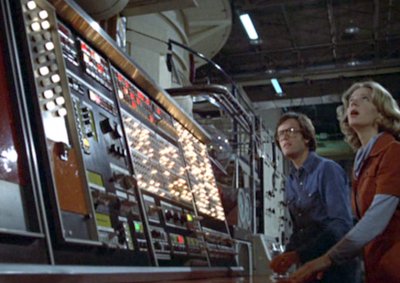
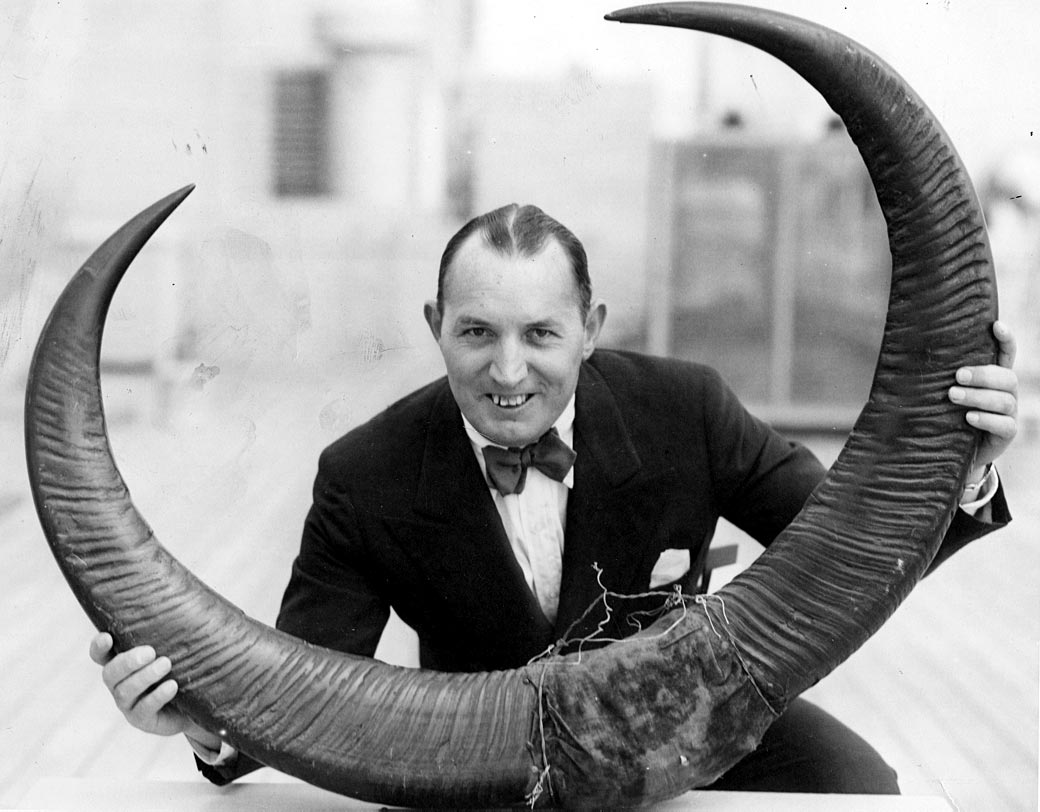
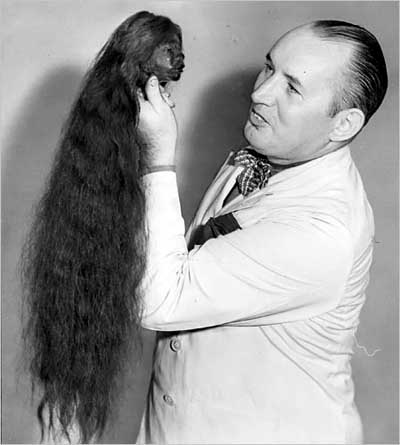
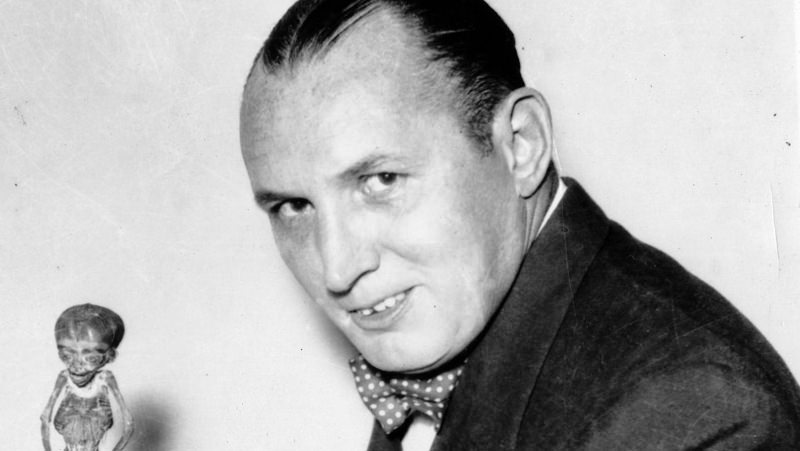


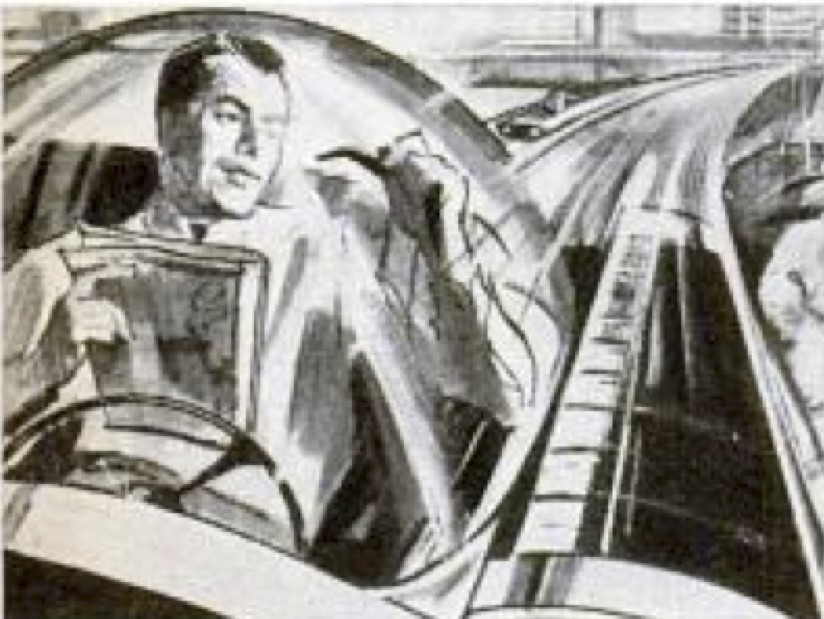

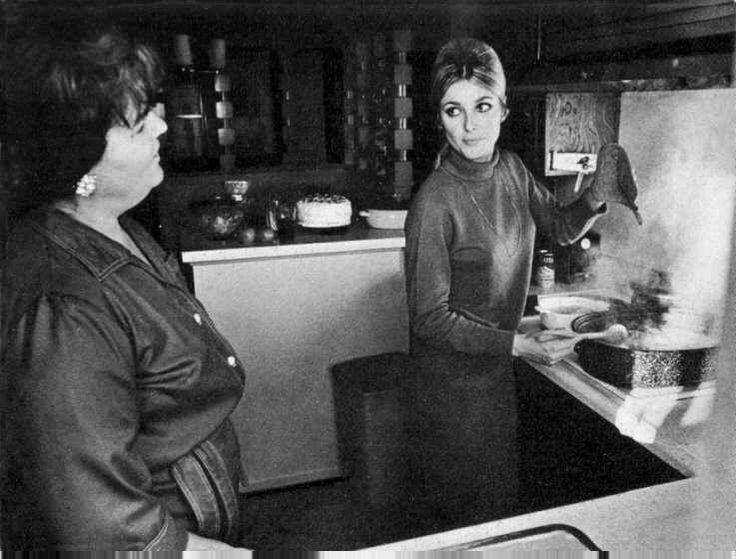


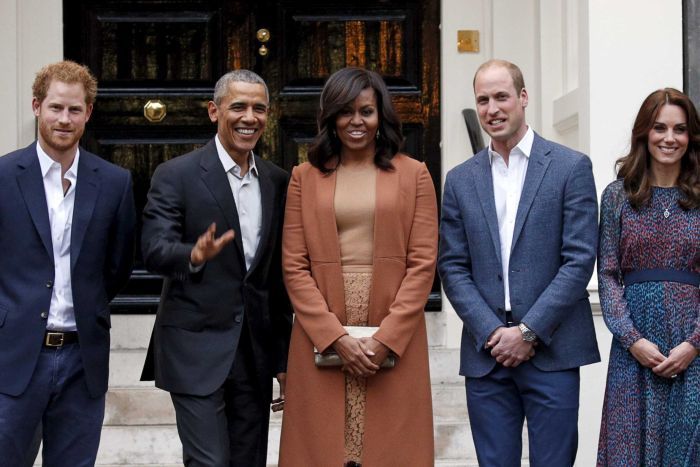

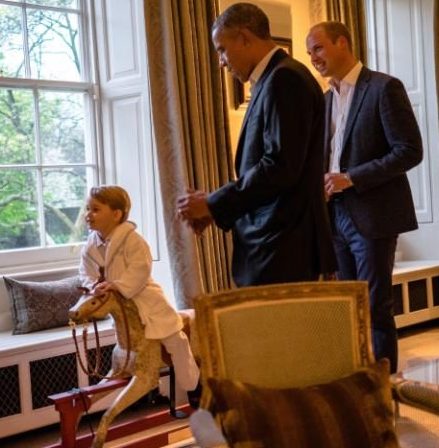


![]](https://afflictor.com/wp-content/uploads/2016/04/valentina-tereshkova.jpg)
